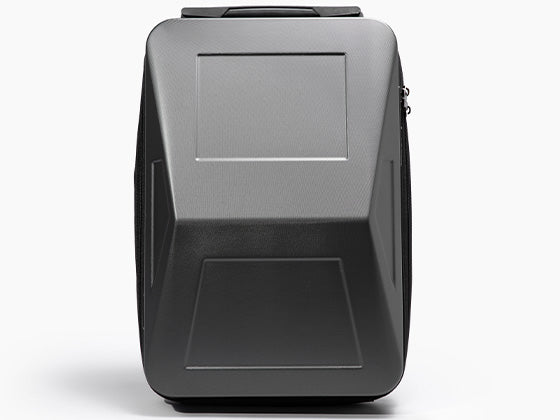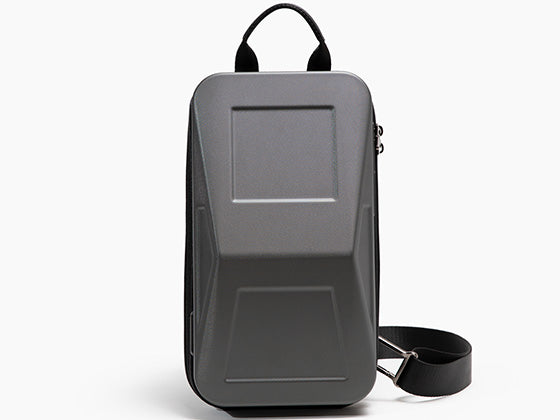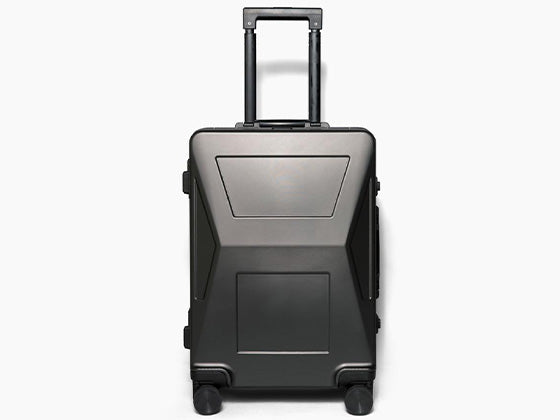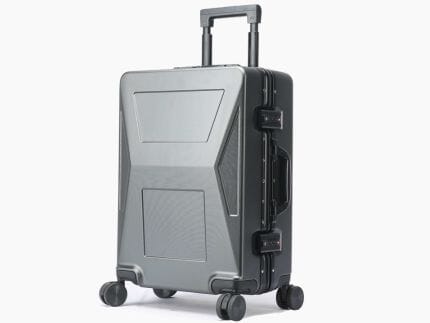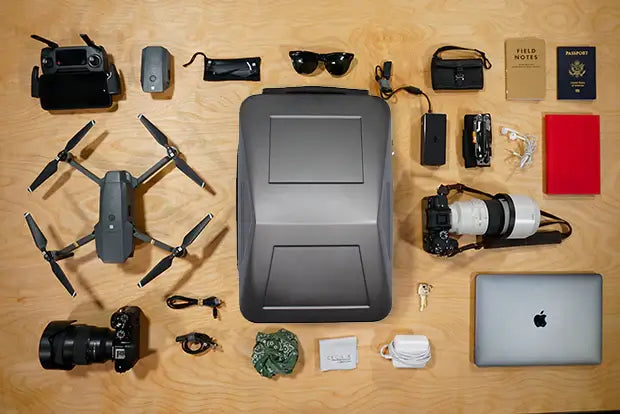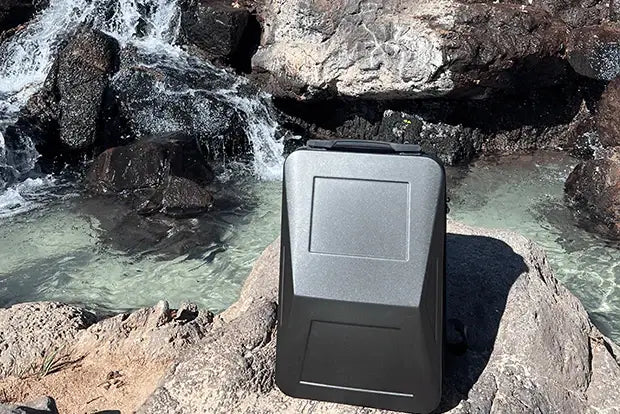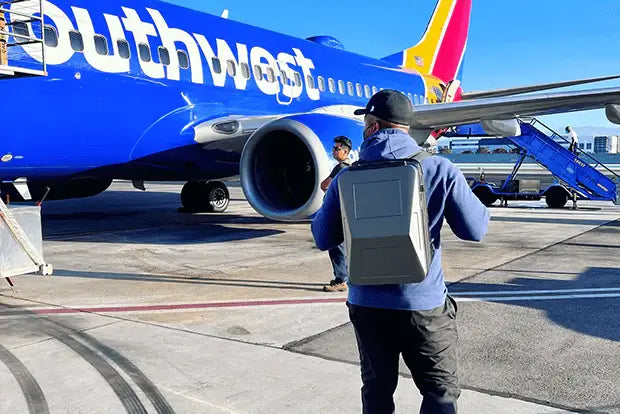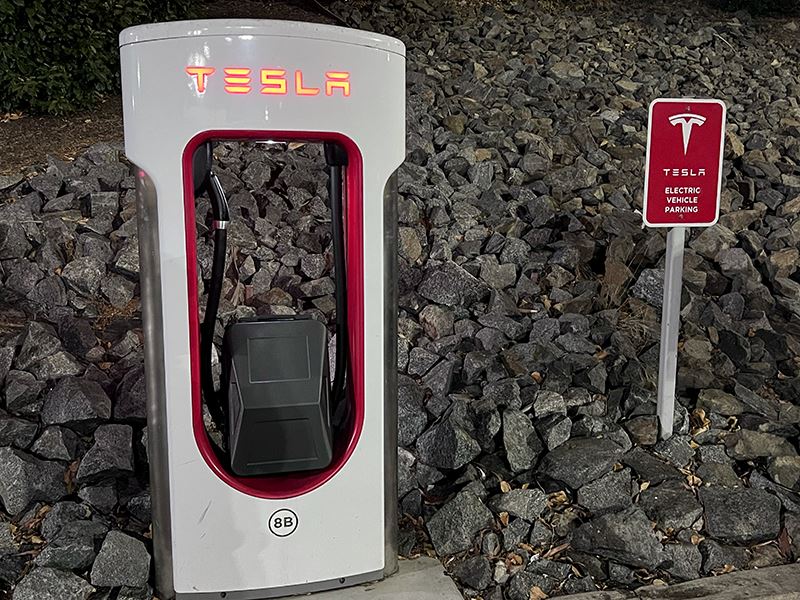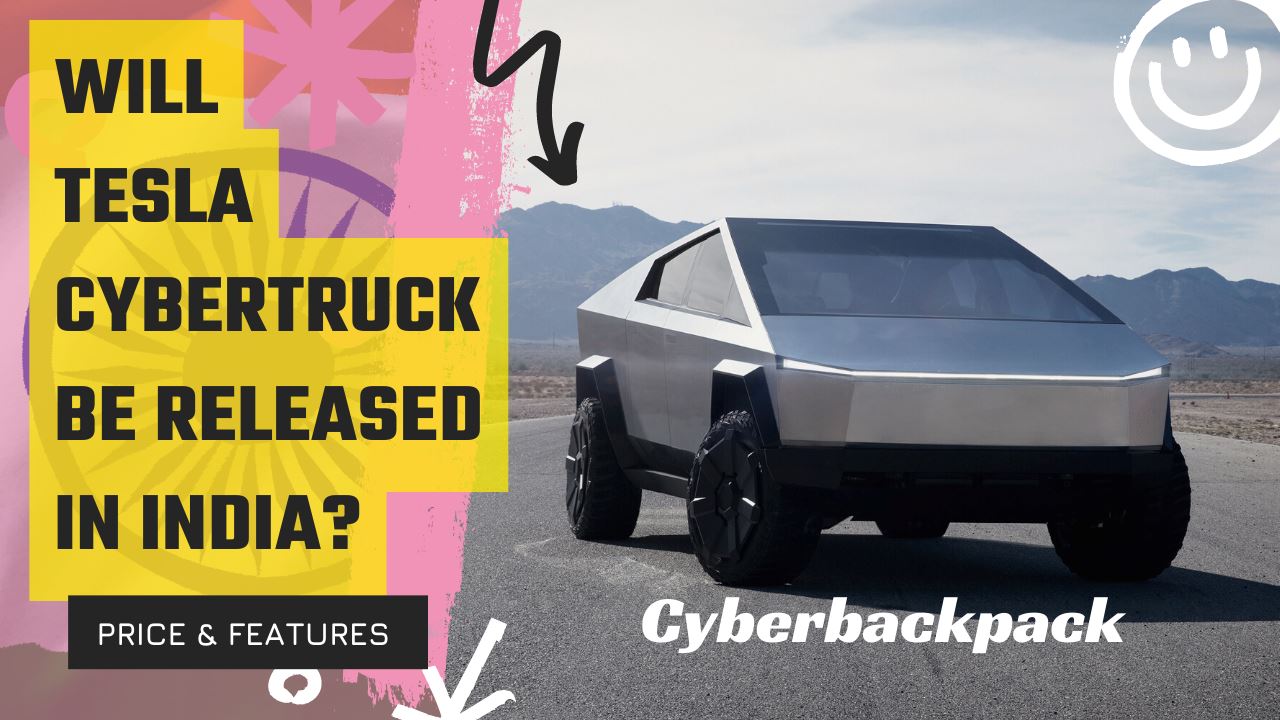An electric car battery may be filled to 90% capacity in 10 minutes thanks to a supercharging improvement. The new algorithm makes use of artificial intelligence to gradually increase and decrease voltage and current while preserving battery health.
Any conventional electric car battery could be charged using this procedure in about 10 minutes. Additionally, it might prolong battery life. Several companies including Hyundai and Tesla are testing this new algorithm.
So, how is this new charging tweak different from the standard protocol?
In order to prevent unnecessary stress on the battery, a typical charging procedure often begins with low power, builds up, and then drops the power once the battery is at 60 or 70 percent charged, according to Gil Tal from the University of California. The goal of the research is to optimize this curve to permit high power for a longer period of time, he states.
AI-driven algorithms were used by Eric Dufek and his colleagues at the Idaho National Laboratory to examine how altering variables like current and voltage affect battery aging over time. According to Dufek, you can review this by either increasing voltage or sequentially reducing the voltage or current.
The team developed a new charging process that can charge a conventional electric car battery from empty to 90% in ten minutes while safeguarding the battery's long-term health. They utilized computer models for this and also tested the results on actual batteries.
A balance must be struck between rapid charging and battery health, according to Virginia Tech professor Feng Lin. He equates it to individuals trying to fit through a door. "If all 100 people rush in at once, we'll get jammed and we won't fit as many people in there in that short length of time, thus quick charging has a smaller capacity. Additionally, if you cram that many people into a space, there's a risk the door could break, endangering the battery components."
Most of what has been discovered so far about the enhanced technique will be relevant for a variety of battery types used in electric vehicles, according to Dufek. It is because the fundamental chemistry of lithium-based batteries is the same. However, the new charging protocol would still need to be modified by each manufacturer based on the unique battery pack designs they use.
This supercharging tweak could be put into practice by simply altering the software in electric vehicles that manages the charging session. The fact that there is no expense to the enhancement makes it even better, according to Tal. "You can obtain some improvement with the present infrastructure and existing technologies."
However, even the most optimized charging procedures won't be the primary facilitator of extremely quick charging for most automobiles. New battery chemistries, larger cell designs, and quicker charging station technologies, together with improved battery pack designs, are what will lead to the greatest reductions in vehicle charging times.
Tesla made a wise move with early power peak during charging
A Tesla Model S's charging power is front-loaded, which means that its peak power is reached early on during the recharge. This tactic is quite effective since it increases range while reducing battery deterioration. The majority of a non-Tesla EV's charge cycle is instead spent at power levels that are constrained by the technology used for charging them. Additionally, the pack voltage cannot be raised post-hoc The pack voltage will therefore increase to its maximum potential difference upon battery recharge.
A similar method can be used to charge other vehicles as well. A Tesla might charge another electric vehicle thanks to bidirectional technology. It would lower peak demand, ensuring electric utilities are not under stress. This would lower peak demand, ensuring electric utilities are not under stress. According to this arrangement, Tesla would charge electric utilities for use of its network. As a result, electric utilities will be able to utilize the EVs energy, reducing their reliance on the power grid.
Hyundai’s charging tweak takes the cake
Hyundai introduced a supercharging modification that can fill electric car batteries 90% in ten minutes.
Electric automobiles need less maintenance than internal combustion vehicles. From keeping the battery from dropping too low to making sure you always have a full charge, Hyundai shares five ideas for increasing battery life.
To save the battery from deteriorating too rapidly, the company also suggests charging the vehicle often, every two to three days. In addition to routine charging, you will need to charge the vehicle before extended trips.
The technique for swiftly charging a car's battery is called supercharging. It will take less time to recharge the battery if the charger is fast. Although the majority of manufacturers employ liquid cooling to keep the battery temperature low, this method can sometimes leave a buffer, which changes how the driver perceives the battery's capacity.
Hyundai claims that as a consequence, their supercharging modification could fully charge an electric car's battery in 10 minutes. The change is significant for the carmaker.
The super fast-charging battery technology used by StoreDot
A business in Israel by the name of StoreDot claims that its revolutionary battery technology may recharge the batteries of electric cars by 90% in just 10 minutes. According to the business, 4680 battery cells made with its innovative technology have already been developed and are being sent to international automakers for testing.
It is difficult to see any manufacturer not taking this exciting new technology seriously, despite the company's steadfast unwillingness to name any automakers.
Tesla has loosened its maximum buffer for battery charging
The business has loosened its upper buffer on battery charging limitations in response to the EPA's displeasure with Tesla drivers' complaints about range. Although owners are advised not to let the battery drain to zero percent in the instructions, the modification has increased the car's range. The safety buffer, according to Tesla's engineers, is harmful to the battery.
The Bolt has an issue at the 80% charge stage, however charging the car to this point should fix it. The charging process is not slowed down by the 7kW charger. This is due to the fact that, in relation to the battery capacity, the charging pace is already modest. Tesla has, however, also loosened the maximum buffer for charging limit. Even if an EV is parked, it will still have a full charge before driving.
Wrapping Up
Changing how the batteries of electric vehicles are charged will allow them to go from empty to 90 percent charged in only ten minutes. In comparison, the standard methods of electric vehicle battery charging generally require at least thirty minutes for a full charge.
According to research author Eric Dufek, Ph.D., "quick charging is crucial to boosting customer trust and accelerating the general adoption of EVs." It would ensure the act of car charging is no different than a gas station visit in a lot of ways. This supercharging tweak will make it possible for certain nations, including the United Kingdom, to reach their goal of stopping the sale of gas-powered automobiles by 2030.
